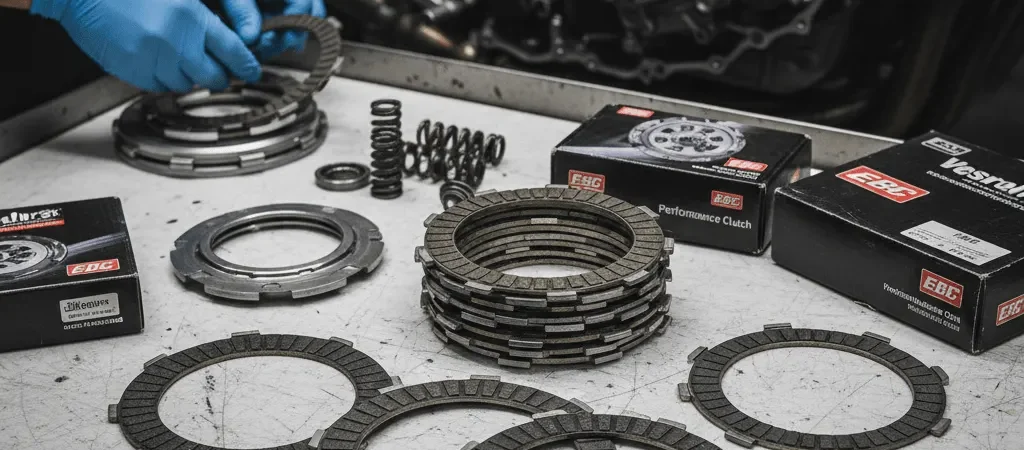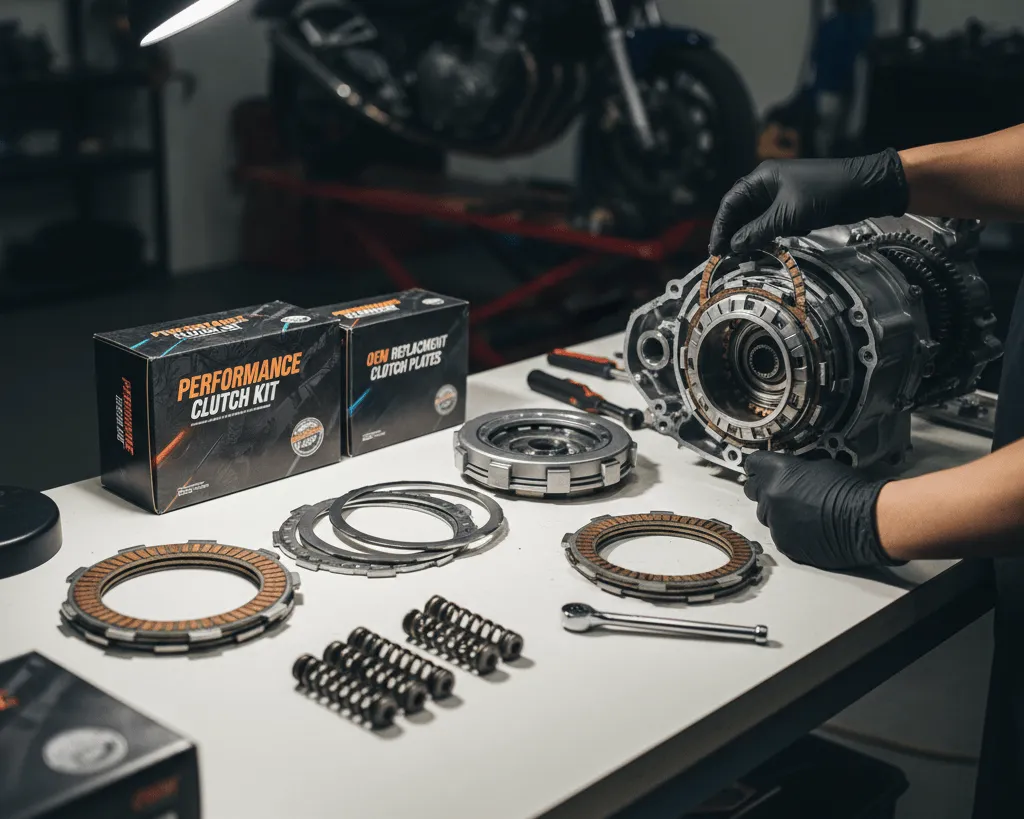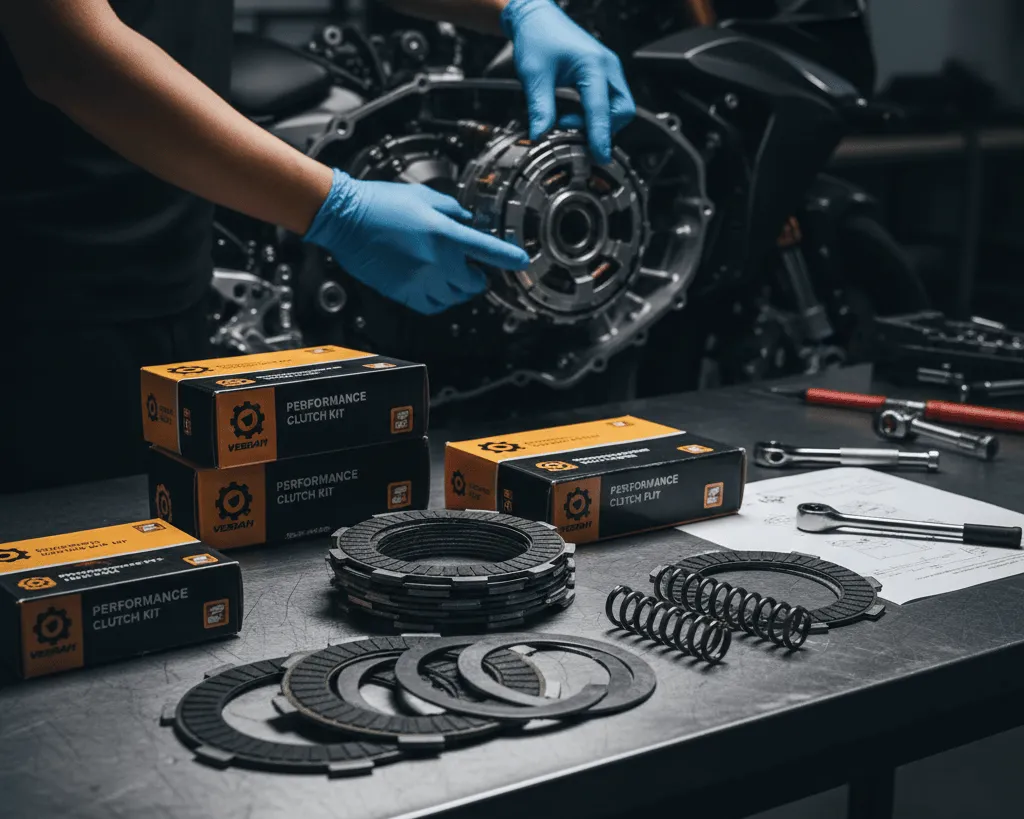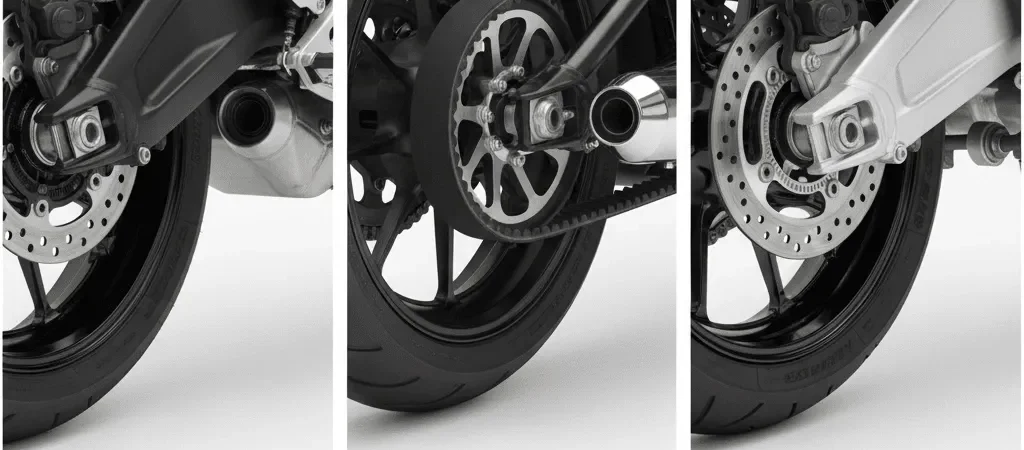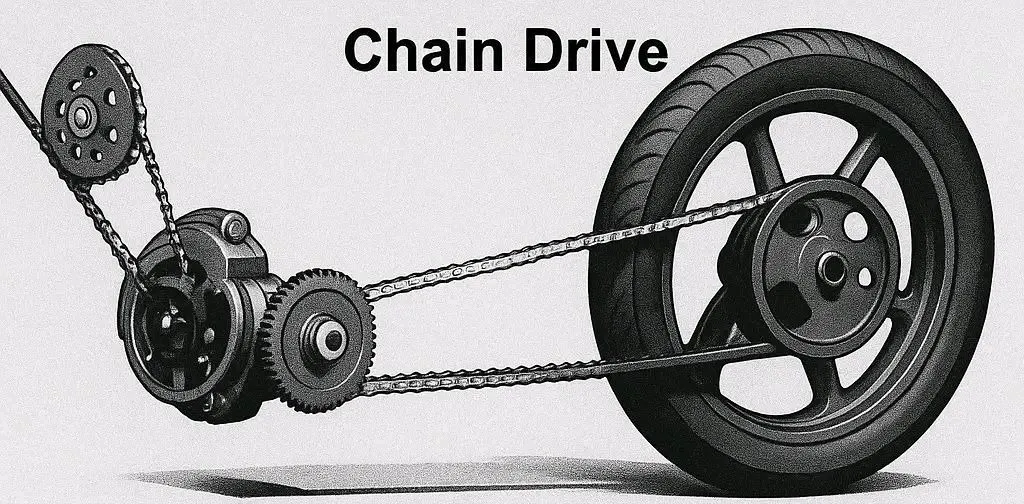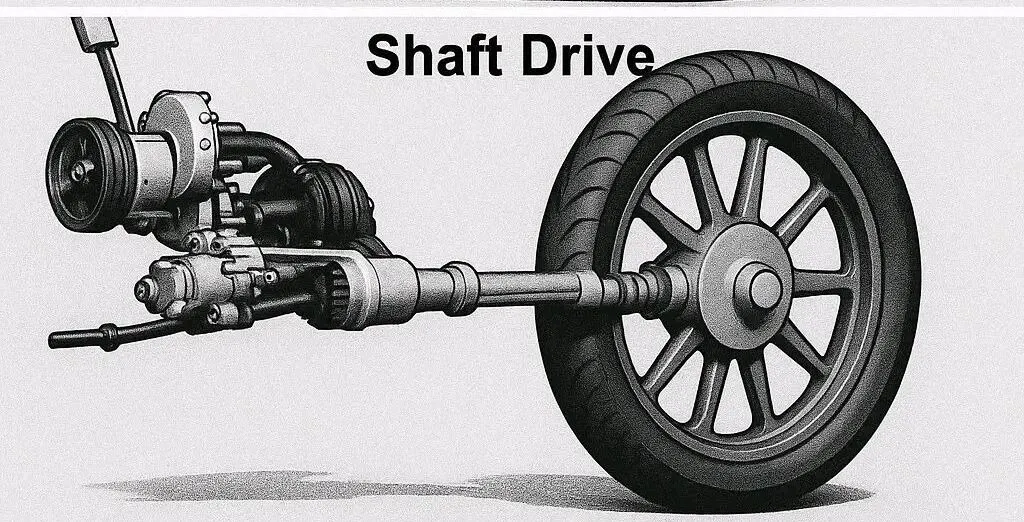
Most Common Failures on Long Routes and Motorcycle Parts That Prevent Them
There’s a tiny, particular panic that hits when you’re miles from town and something on the bike sounds wrong. Long routes test all motorcycle parts, including tyre health, the charging system, fasteners that loosen from vibration, and little parts you didn’t think to replace before you left. Over years of riding and helping other riders, we are aware of the failures that actually stop trips, and the small, affordable parts that stop those failures from ending your day.
If you plan long runs, think less about a perfect spec sheet and more about redundancy and small fixes you can do on the side of the road. Riders’ planning checklist should include motorcycle road trip essentials, motorcycle breakdown kit, motorcycle puncture repair kit, and motorcycle travel tool set. These are practical queries, and the answers are practical too.
The three failures that most often end rides (and how to prevent them)?
1. Flats and Punctures Seem Tiny, But Ruin Mileage Plans
Nothing ruins momentum like a slow leak that turns into a flat two hours past the last town. Tubeless tyres are forgiving; many punctures can be fixed on the road, but only if you have the kit and inflation capacity to get you to the next garage or home.
A compact tubeless repair kit and a reliable inflator are essentials. AliWheels stocks tubeless repair kits and inflators built for motorcycles; the kits include plugs, reaming tools, and the accessories you need for quick roadside repairs. For fast inflation, a rechargeable, compact pump makes the difference between a thirty-minute pit stop and a multi-hour wait:
- Rechargeable air pump (compact, quick, and portable). See the AliWheels unit here:
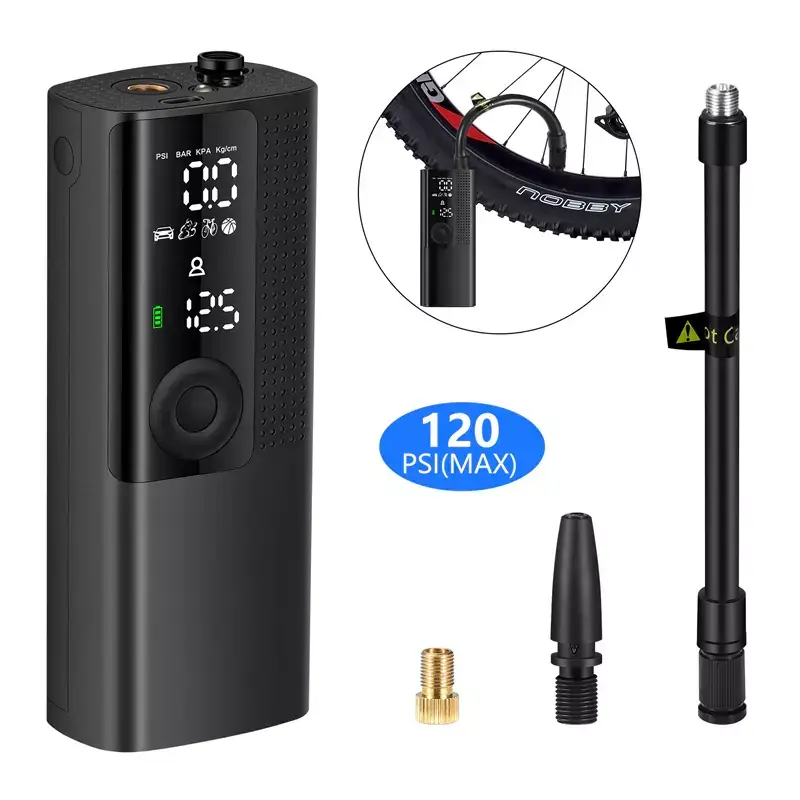
Carry that pump and a tubeless repair kit together in a small tailbag, and you’ll fix most screw or nail punctures on the spot. Pro tip: if you feel a puncture, stop and check pressure; riding on a low tyre destroys the tyre and rim.
2. Dead Battery or Charging Issues, Electronics Should not be Optional
Long days mean lights, GPS, heated gear, phone use, and possibly accessory power draws. A weak stator, an old battery, or a bad connection can leave you with no start after an overnight stop. A small, portable charger or maintainer is cheap insurance; it keeps the battery topped between stops and lets you recover from a light-drain night.
On top of that, carry a basic electrical check while you’re riding: visual wiring inspection, secure ground points, and a quick check of charging voltage at idle. AliWheels lists battery and electrical accessories so you can add a travel charger or maintainer for longer trips.
(If you want a hard starter solution, consider a compact jump starter too, but always follow safe charging and manufacturer guidance.)
3. Missing tools, stripped fasteners, and minor mechanicals
Most route-stoppers are not catastrophic; they’re small, fixable problems that turn into big ones because the rider doesn’t have the right tool. Stripped bolts, a loose crash bar, a clutch cable that needs a minute of adjustment, these are all fixable with a compact toolset and a few spare fasteners.
A proper travel tool kit should include wrenches, screwdrivers, a spark plug socket, Allen keys, and a handful of common fasteners. AliWheels carries several compact tool kits and multi-tool options that are designed for on-road use:
Motorcycle universal tool kit (good range of sockets and wrenches):
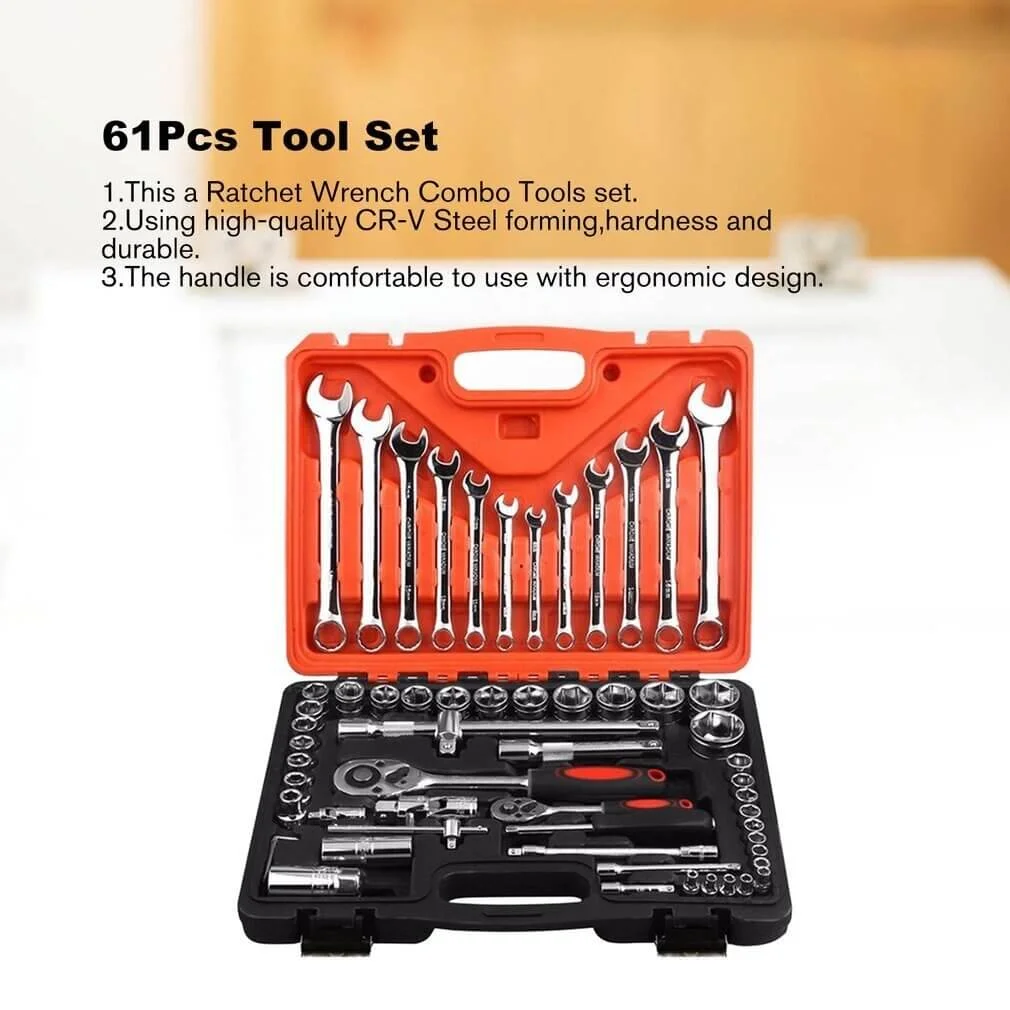
A compact Allen/hex kit for common on-bike bolts: https://www.aliwheels.com/product/motorcycle-bike-repair-tool-allen-key-hex-socket-wrench-kit-accessories/
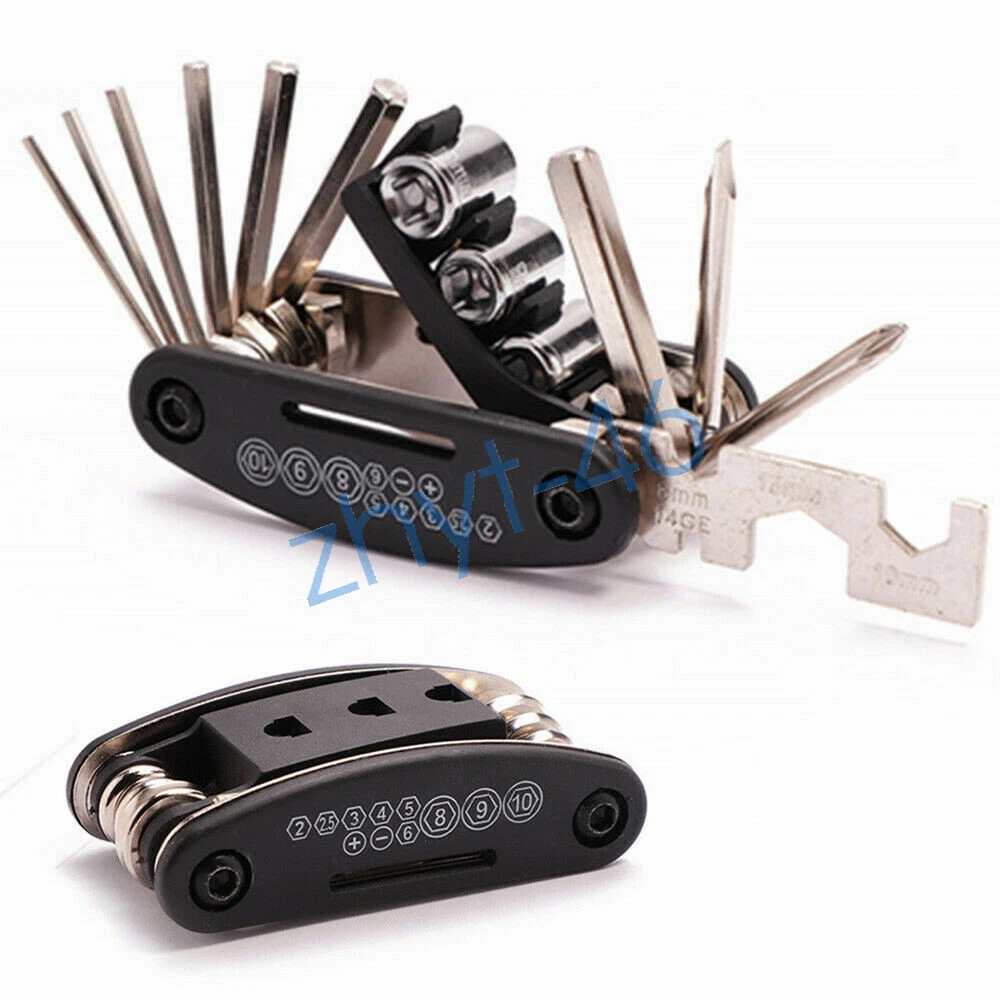
For spark plug access and basic maintenance, a small spark plug spanner/socket kit is priceless:

If you only pack one thing, pack a good multi-tool and a small, well-organised kit of fasteners and zip ties. They’re light, cheap, and fix a surprising number of problems.
A Tiny Kit that prevents long delays
From experience, these are the things that stop the most common failures on routes of 200+ km per day:
- Puncture kit + plugs (for tubeless tyres) and a small inflator (rechargeable), fix and re-inflate on the road. (See the rechargeable pump above.)
- Compact tool kit + Allen set, tighten loose bolts, adjust linkages, remove and check items. (See the two AliWheels tool kits linked above.)
- Battery charger/maintainer or portable jump start, keep electronics alive, and be ready for a weak battery. AliWheels stocks maintainers and electrical accessories for motorcycles.
- Spare bulbs, fuses, and a small bag of bolts, often what feels like “bad luck” is a blown bulb or a lost bolt. A few spares and zip ties save the day.
- Tyre pressure gauge, vital for spotting slow leaks and measuring post-repair inflation.
- A small first-aid kit and flashlight, safety beyond the bike itself.
These products are the hidden treasure, as they save time, money, and stress. Compared with being stranded, they are a tiny investment.
How to Pack and Use Your Kit Effectively?
A few habits make the kit useful: keep everything in labelled pouches; practice using your puncture kit at home so you’re not learning under pressure; and do a quick electrical check each night if you’re using lots of accessories. Also, replace perishable items (CO₂ cartridges, plugs, or consumables) after use.
When buying, ensure that the thread types and socket sizes in your toolkit match those of your bike. AliWheels’ product pages display sizes and fitment information, allowing you to match before making a purchase.
Leaving Well-Prepared is Ultimate Freedom
If you love long rides, the goal is to turn unknowns into manageable tasks. A puncture kit, a compact toolset, and a charger are the classic triumvirate that stop most route-ending problems. Pair those with simple checks (tyre condition, battery health, bolt security), and you’ll spend more time riding and less time waiting.
Want direct suggestions for a kit based on your bike type (tourer vs. lightweight commuter)? Tell me your bike model, and I’ll pull a small, targeted parts list from AliWheels with direct links and an estimated total so you can order everything in one go.
Ride safe, plan smart, and enjoy the road.




